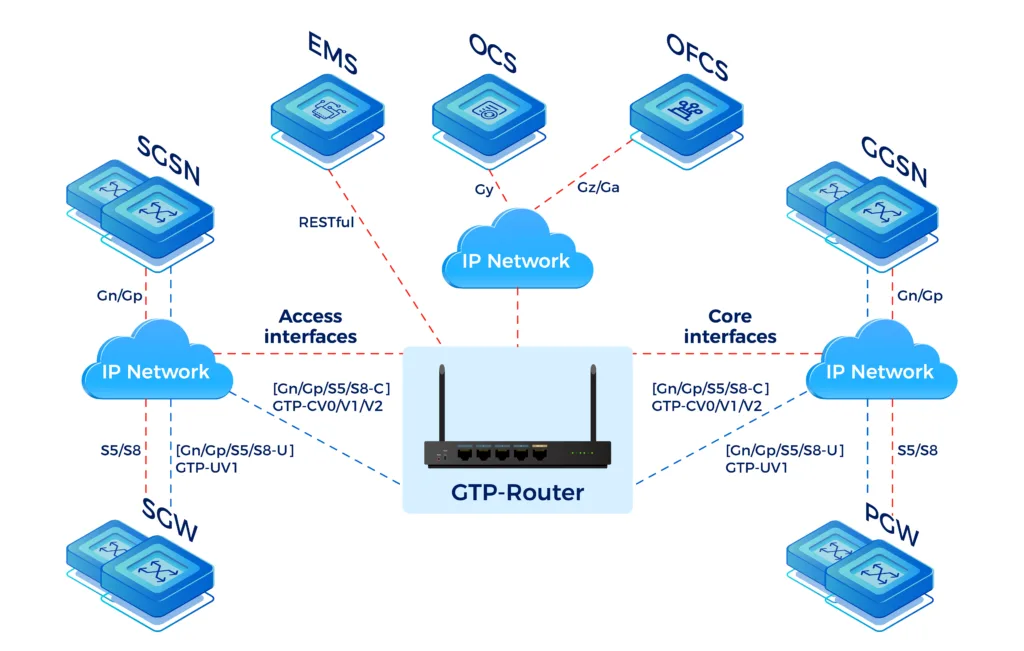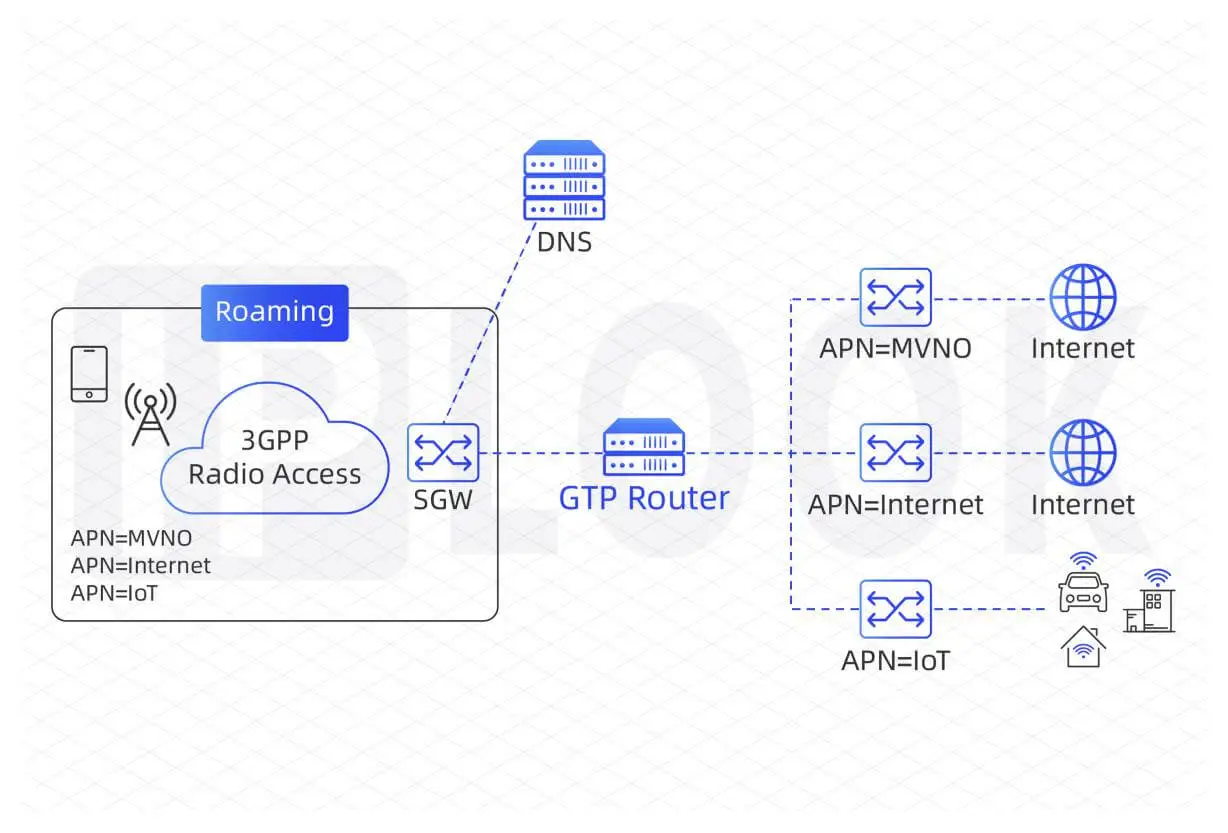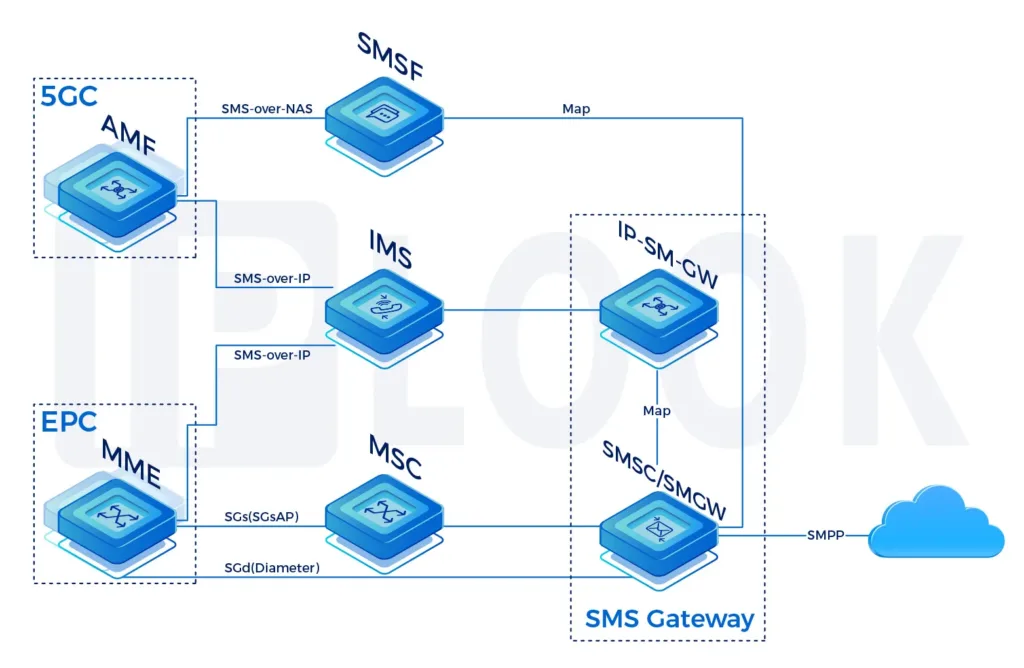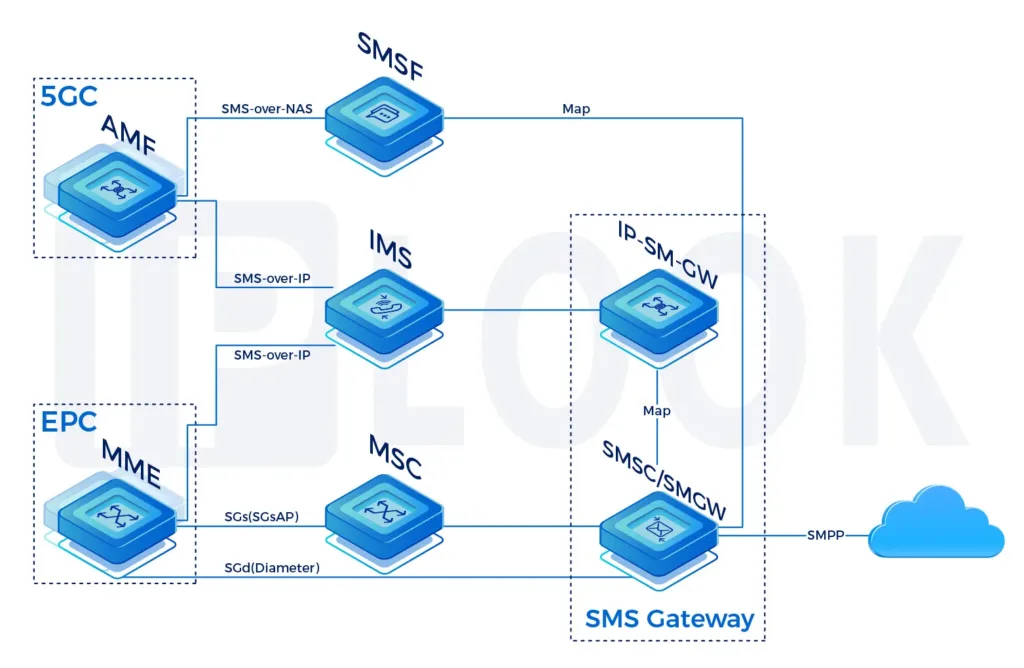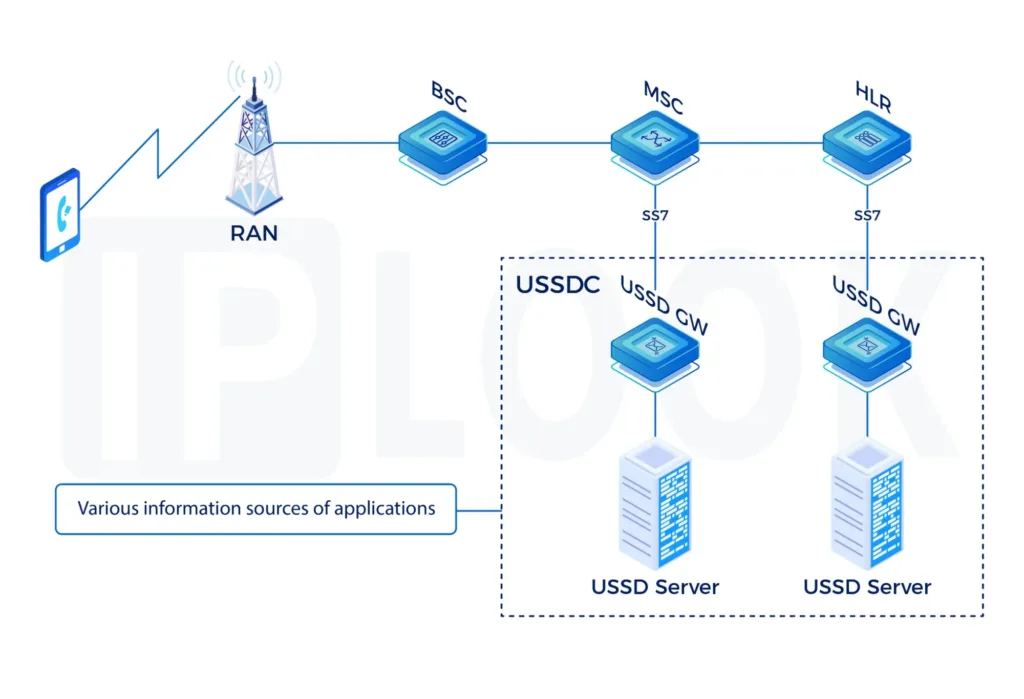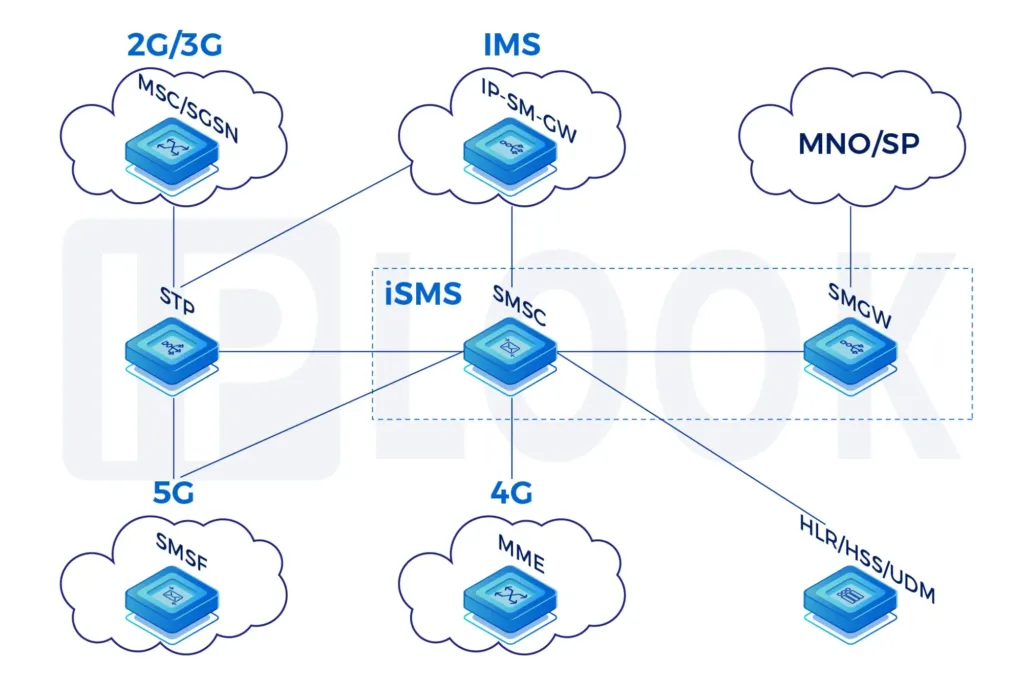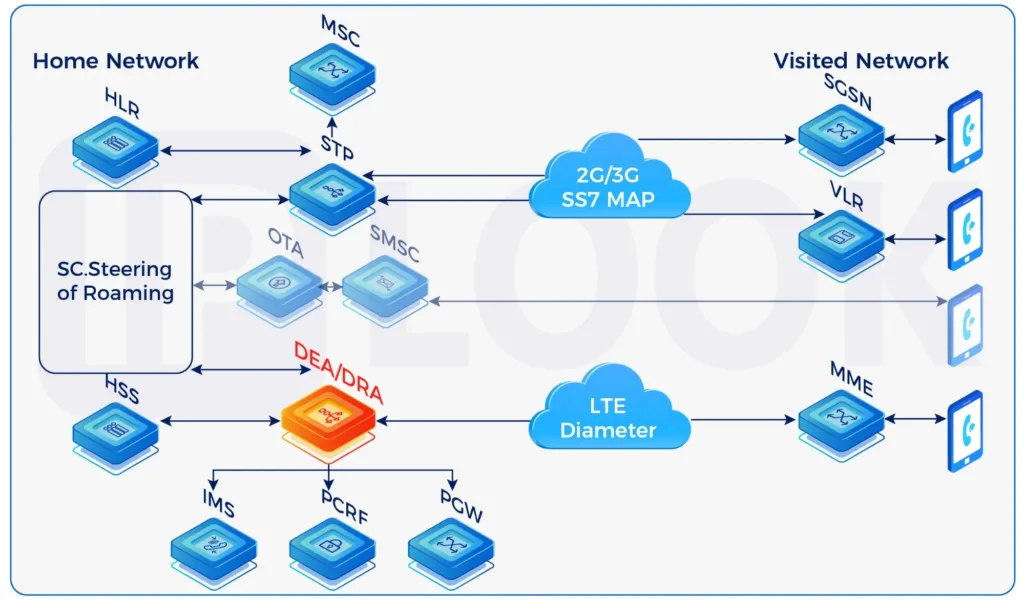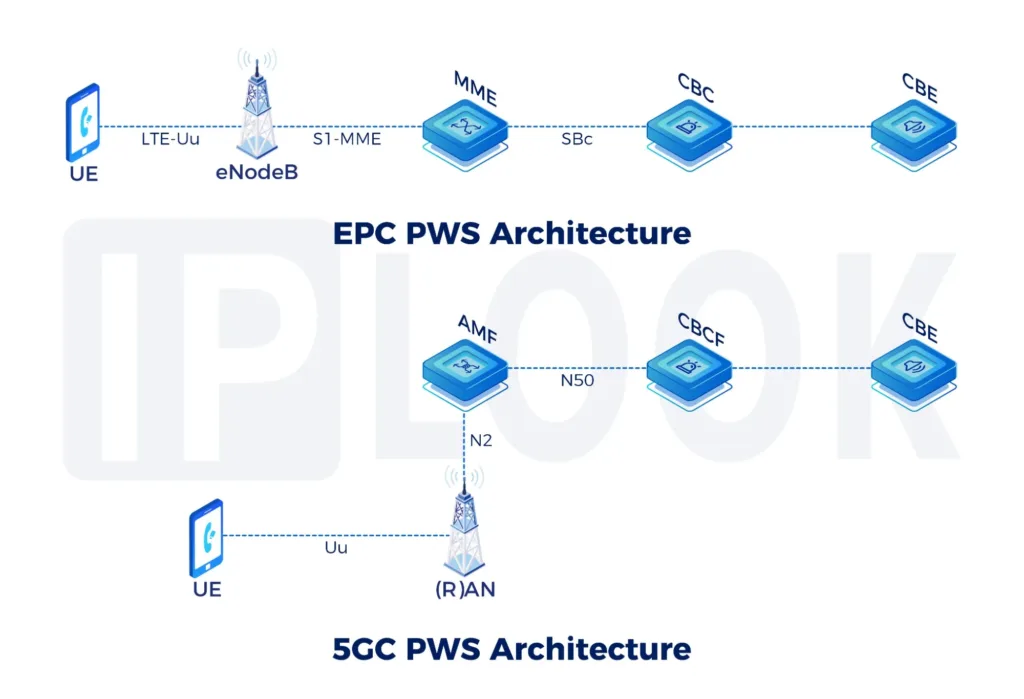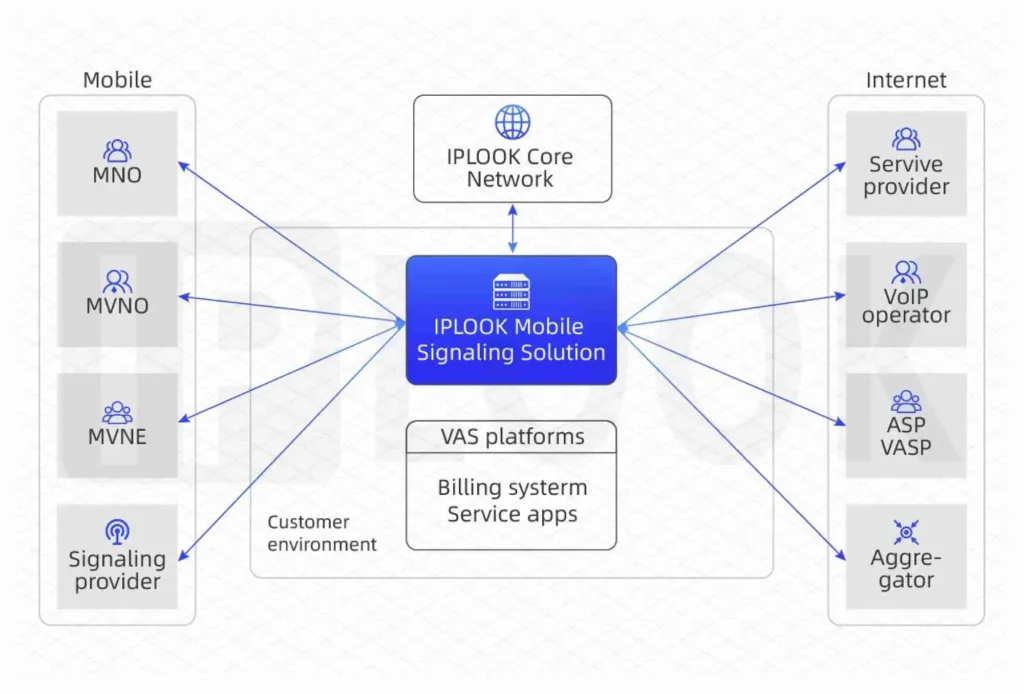Our High-Performing Core Network
Fully virtualizable on VMware, K8S, Docker and OpenStack containers
GPRS Tunneling Protocol Router(GTP-Router)
GPRS Tunneling Protocol (GTP) is a set of IP-based communication protocols used to carry GPRS (General Packet Radio Service) in GSM, UMTS and LTE networks. It enables an endpoint on a GSM or UMTS network to move its position within the network, while being continuously connected to the Internet via the same GGSN. In order to achieve this, the GTP protocol always transmits user-plane data from the SGSN to which the user’s location belongs to the GGSN on which it is based.
The GPRS core network uses these three GTP protocols:
▫ GTP-U is used to provide one or more tunnels for each PDP context to transmit user data
▫ GTP-C is used for control purposes
▫ GTP is used to transfer billing data from each GGSN to the Charging Gateway Function (CGF)
Key Benefits

Explicit Gateway Endpoint – PGW/GGSN

Multi-Key Subscriber Analyzer to apply specific Session Treatment

Flexible Operator Use Cases

Stateful Geo Redundancy

Simplify Roaming Service

Reduce IPX/GRX Costs
IPLOOK's GTP-Router
- IPLOOK GTP solution acts as a GTP proxy meaning that for GTPv1 and GTPv2 control-plane traffic. IPLOOK’s solution terminates the GTP tunnel and analyses the IMSI. In case the IMSI from the other MNO is recognized by checking a configuration table holding IMSI sub-ranges then IPLOOK opens a new GTP tunnel and sends the request to the known Gateway GPRS Support Node/Packet Gateway (GGSN/PGW) of the real Home MNO and potentially also manipulates the APN name inside the request so it can access the known APN on the own Home MNO’s GGSN/PGW. The configuration table is easily configurable by the VPLMN engineers.
- Based on Network Function Virtualization(NFV) infrastructure, our GTP-Router enables a Roaming Services – Virtualized Network Function(VNF) provides roaming interconnection for MVNOs.
Features
APN Mapping Support
3GPP standards compliant
- Support S5, S8, Gn, Gp GTP interfaces
- Support GTP-CV0, GTP-CV1, GTP-CV2, GTP-UV1 protocols
Muli MNO and MVNO
- Provide interoperation between Multiple MNO and Multiple MVNO
Redundancy
- Single PGW/GGSN node provide 5 Gbps data throughput and 50k+ subscribers
GGSN/PGW selection based on subscriber/session keys
Acts as Proxy for PGW and GGSN nodes
- Enables topology hiding for roaming partners
Supports Offline CDRs (Ga/Local) and Online (Gy) Charging
- Used for CDR reconciliation

